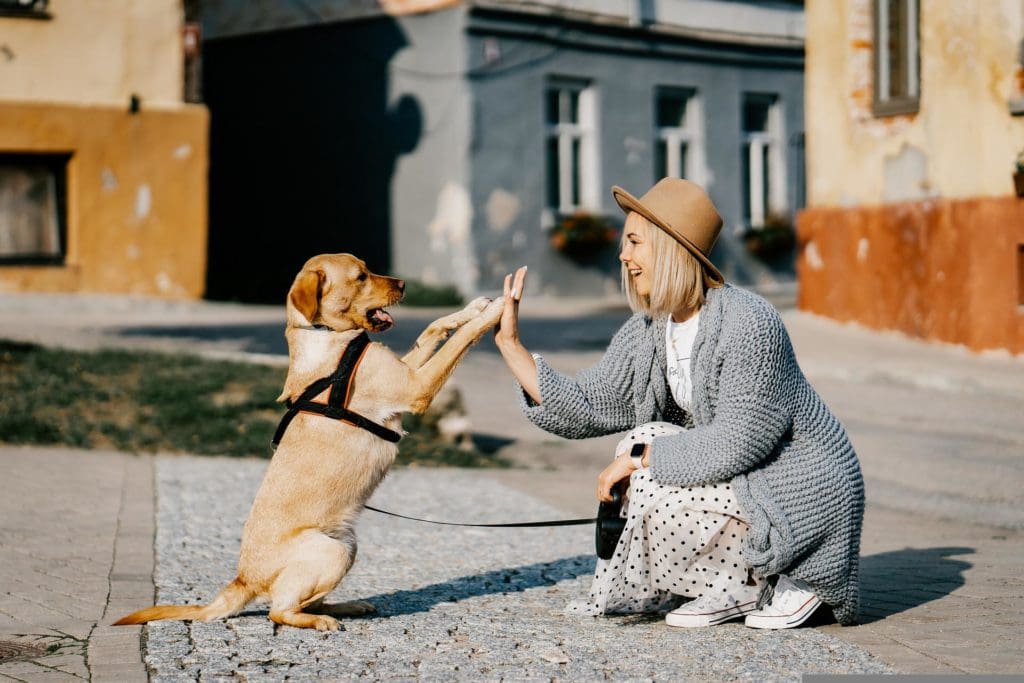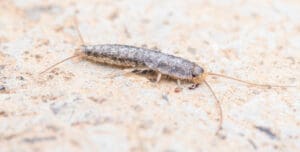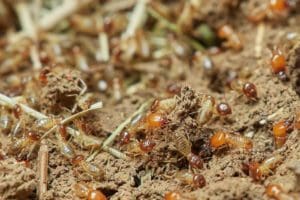

Nobody likes fleas, but for dog owners, coming up against the occasional flea infestation comes with the territory. There are dozens of pills, sprays, collars and shampoo products on the market to keep your pet flea-free.
But these days more and more people are turning to home remedies. The high cost of pharmaceuticals is just one factor that is making pet owners look elsewhere for solutions. DIY treatments can also be milder than those currently on the market.


What Is Flea Infestation?
Every animal carries a flea or two at some point, but any signs of an actual flea infestation should be taken seriously. A dog with fleas will usually display symptoms such as biting or licking themselves more than usual, patches of fur loss and reddened skin. Owners might see dark dots on their pets – so small they may be mistaken for specks of dirt – and notice fleas on carpets and furniture. When you do notice signs like this on your furry best friend there are a few options to choose from. We have compiled a short guide to help you deal with fleas in a natural and safe manner.Homemade flea spray
Flea spray is an easy and convenient way to get fleas off your dog, as well as to prevent further infestations. To make the spray, combine 1 cup of distilled vinegar, 1 quart (about 4 cups) of water and 2 or 3 drops of lavender oil and pour the mixture into a spray bottle. This can be used twice a day on your dog, but be sure to avoid spraying sensitive areas like the nose, mouth, eyes and any damaged skin. You can also spray your dog’s bed or kennel twice a day until there are no more signs of fleas. Vinegar is quite popular as a home remedy for a variety of things. If your dog objects too much to the smell of vinegar, it is ok to dilute the mixture further. Some dogs also react badly to being sprayed, in which case you can use a cloth soaked in the liquid to wipe down their fur.
Homemade flea dip
Just like spray, flea dip is a cost-effective and fairly simple method of keeping your dog happy and itch-free. To make the dip, mix the juice of half a lemon, 2 cups of warm water and 1 cup of pet shampoo. Your dog can be washed with the dip once a week until there are no more signs of fleas. It is important to continue using the solution until all fleas, eggs and larvae are gone. There are a few other “recipes” for dips that can help control fleas. Another method is to soak rosemary leaves in hot water before straining the liquid and allowing it to cool. This natural dip can be poured over your dog’s coat and allowed to dry.Homemade flea traps
It’s very easy for fleas to become a household problem if you don’t implement some sort of flea prevention strategy with your pets. Sprays and dips are very useful in dealing with fleas that are already on your furry friend, but there’s a good chance that the pests will have spread out and infested carpets and furniture. This is why having a flea trap is a good idea: it can tell you whether or not you have a flea problem while also helping to keep numbers as low as possible. Mix some dish soap into half a cup of water and pour it into a shallow container, like a pan or dish. Put the container down in a place where it won’t get under your feet (and away from the curiosity of young children and pets) and check periodically to see how much of a flea problem you have.Homemade flea collars
Flea collars have become very popular among dog owners who want to ensure they stay flea-free. Typical flea collars contain chemicals that are released onto the animal’s fur and skin which kill any fleas that are present. Making your own flea collar isn’t complicated. Dampen your dog’s collar with lavender oil and rub it in so that the collar has absorbed a decent amount. This can be done once a week and should be effective in keeping your pet happy and healthy. Lavender oil can also be substituted with cedar oil. Another option when it comes to DIY flea collars is to use vodka in place of lavender oil. Simply soak the collar in a teaspoon of plain vodka before putting it on your dog – a little more drastic than the first method, but it can do the trick.






